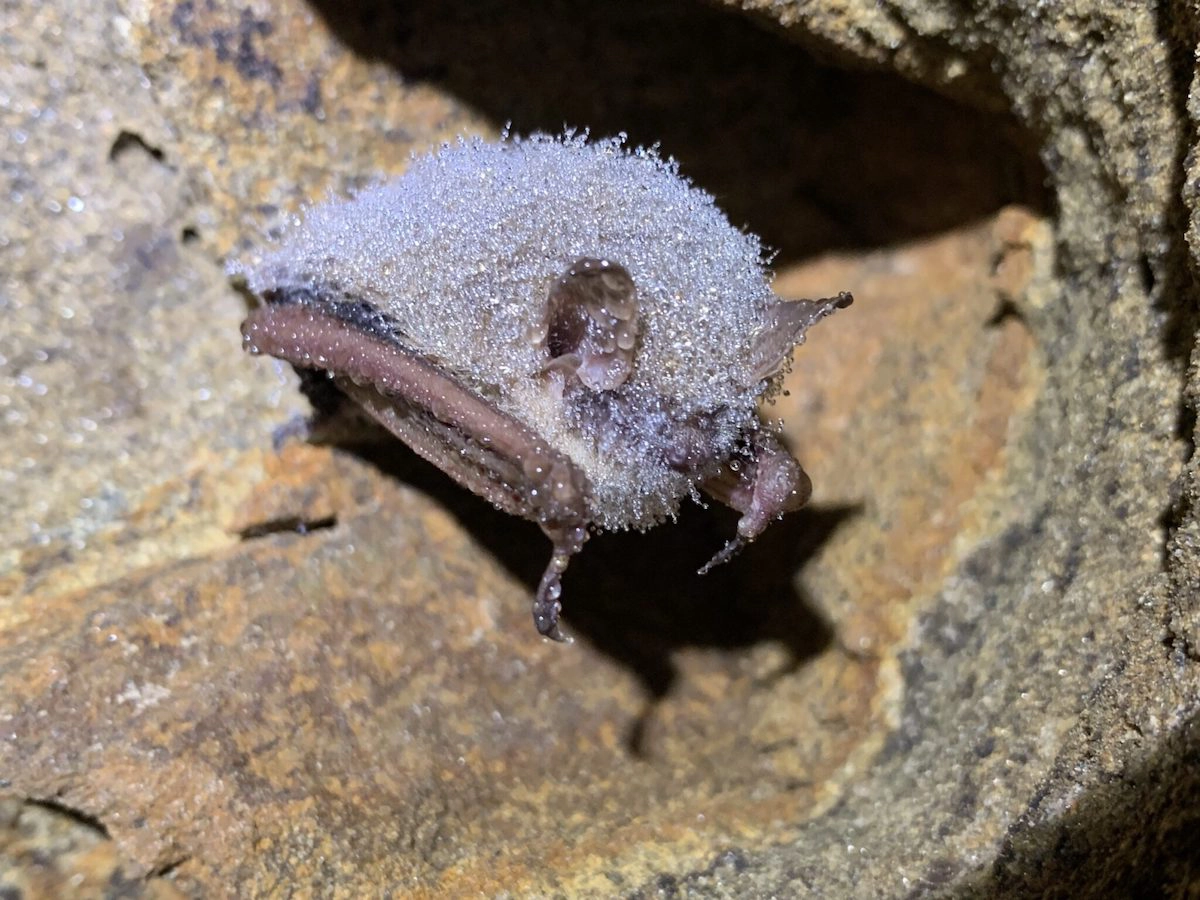By Abraham Kenmore
SCDailyGazette.com
COLUMBIA — Bats aren’t exactly cute and cuddly, but the furry fliers can save farmers statewide $115 million yearly in free pest control, according to the agency tasked with preserving South Carolina’s natural resources.
For that and other reasons, it’s important that bats keep playing their part in South Carolina’s ecosystem. But to protect them, the state’s ecologists need updated information on where bats live on public land. A $425,000 federal grant is helping the state Department of Natural Resources map out five at-risk bat species in South Carolina, two of which are endangered, and determine if the agency is unintentionally harming them.
“If we don’t have bats, we’re going to have a lot more problems,” Susan Loeb, a Clemson-based ecologist with the Southern Research Station of the U.S. Forest Service, recently told the S.C. Daily Gazette.
Bats are good at keeping agricultural and forestry pests in check, particularly those that target corn as well as oak and hickory seedlings, said Loeb, who is not associated with the grant.
The U.S. Fish and Wildlife Service conservation grant, announced in July, will support a study on five of the state’s 15 bat species: Northern long-eared, gray — which are the two endangered species —tricolored, little brown and hoary.
The way National Resources manages state-owned property varies widely across the state. The grant will help determine when land management inadvertently contributes to bats’ demise, said Jennifer Kindel, a bat biologist for the state.
For example, when dead trees are cut down or controlled burns are used to reduce the potential of destructive wildfires, bats could be injured or killed. Just forcing them to relocate could negatively strain the nocturnal creatures, she said.
But there are also potential long-term benefits, since clearing out dense forest could make it easier for bats, which use echolocation, to navigate in the dark.
“Maybe it’s not whether we do (a burn) or not but when’s the best time. When can we do it so we have the least impact?” Loeb said.
The two-year federal grant will help the Department of Natural Resources better manage important locations for the most at-risk bat species, Kindel, the bat biologist, explained in an email to the S.C. Daily Gazette.
The federal grant covers 65% of the total cost. The rest will come from the state, according to a DNR spokesperson.
This study is just the latest effort by DNR to monitor and support bat populations.
Work the agency has been doing for decades includes installing towers for the state’s endangered Rafinesque’s big-eared bat to roost and putting bat-friendly gates on old mines and other places where the bats spend the winter. The state also monitors for the destructive white-nose syndrome, which is a fungal disease that has killed millions of bats since 2006, Kindel said.
“We can have healthy forests for bats as well as everything else out there,” Loeb said of the research.
Abraham Kenmore is a reporter covering elections, health care and more. He joins the S.C. Daily Gazette from The Augusta Chronicle, where he reported on Georgia legislators, military and housing issues.
S.C. Daily Gazette is part of States Newsroom, the nation’s largest state-focused nonprofit news organization.









